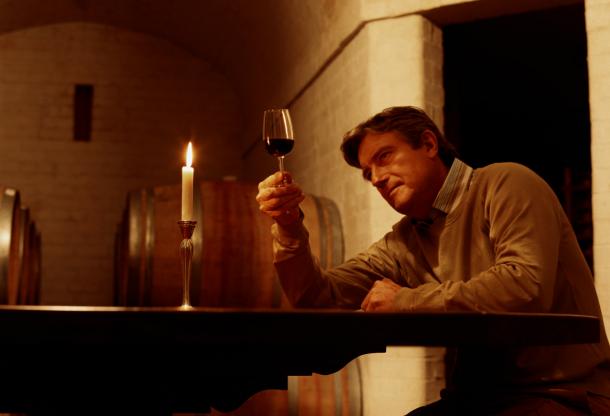Tasting: Getting the Most Out of Wine
Wine tasting is a serious business for some – it is reported that the great Robert Parker has his taste buds insured for $1,000,000. While this might be a step too far for the average wine enthusiast, it is important to learn how to taste properly. Using the correct techniques will help to train your palate so that you can recognise similar wines in the future, appreciate subtle or secondary flavours, or even taste wines “blind” and have the ability to guess what their origin might be. But most immediately, it will help you to maximise the enjoyment of your chosen bottle.

No wine is too inexpensive to be tasted properly – wines will always benefit from these techniques. If you are tasting a wine blind, then the first thing to examine is the colour of the wine as this might give you a clue as to its age and whether it has been oak aged. The colour can even provide some insight into what grape varieties are involved – a young Pinot Noir will have a delicate transparent pink hue, while an oak-aged Carbernet will be much darker. Now, swirl the wine around in the glass – does it leave a residue on the side of the glass which travels slowly downwards? This indicates a wine that is high in alcohol.
If you already know what the wine is, then head straight to the aroma. Swirl the wine in the glass to allow air into it. Then move your nose to the top of the glass and inhale the aroma of the wine. The first thing to ask is: is the wine in good condition? A bottle that is corked will have an unclean smell that tasters often compare to damp wool. A bottle that is too old will have little or no fruit on the nose. Once you are satisfied that your wine is in good condition, start to think about what you can smell. For red wines you might pick up fruits like strawberries, blackcurrants or cherries. Rich dark berry and cherry flavours are common in Italian reds together with tar, tobacco, and spicy notes. A wine that has a strong smoky taste, or hints of vanilla might suggest that it has been oak aged. White wines should have some fruit aromas on the nose – some grape varieties are relatively easy to detect such as Gewurztraminer, with its distinctive rose petal and lychee taste, and Sauvignon Blanc which tends to have a strong gooseberry and nettle character. Italian whites are usually much more delicate with less obvious fruit flavours.
Next it is time to taste the wine – you can always come back to the aroma if you are interested in making a concise tasting note, and most wines will reveal more of their character once they have been open a while. Taste the wine and allow it to fill your mouth. Ask yourself what flavours you can detect, and what sensations you are getting. If a wine has tannins you will be aware of a sensation on your gums. High acidity can be detected as a slightly sour taste on the sides of the tongue. Is the wine dry or sweet? Try slurping some air into your mouth to really release the flavours.
If you are tasting multiple wines in one sitting, it is recommended that you use a spittoon to dispose of each sip, if only to avoid the onset of inebriation before you go on to taste the richer, deeper wines. However if you are tasting for pleasure, go ahead and swallow the wine. The best wines will have layers of flavour and a structure that emerges more with each sip – so you might find that a wine tastes quite different on the finish and aftertaste than it did when it first entered your mouth.
If wine tasting is truly your passion, it is a good idea to take brief tasting notes for every wine that you sample. Many tasters will develop a scoring system of their own – Robert Parker awards points from 50-100 for the many fine wines that he samples. You notes will serve as a useful reference in helping you to understand better what style of wines you like the best and help you to keep track as your palate develops – in fact, if you re-visit some of the wines that you tasted in the early stages of your wine education, you might find that they taste considerably more lively and complex once you have gained more tasting experience.
Tasting Italian Wines
Look, smell, taste, start with your basic senses and expand from there. Keep in
It is the combination of smell and taste that allows you to discern flavor.

